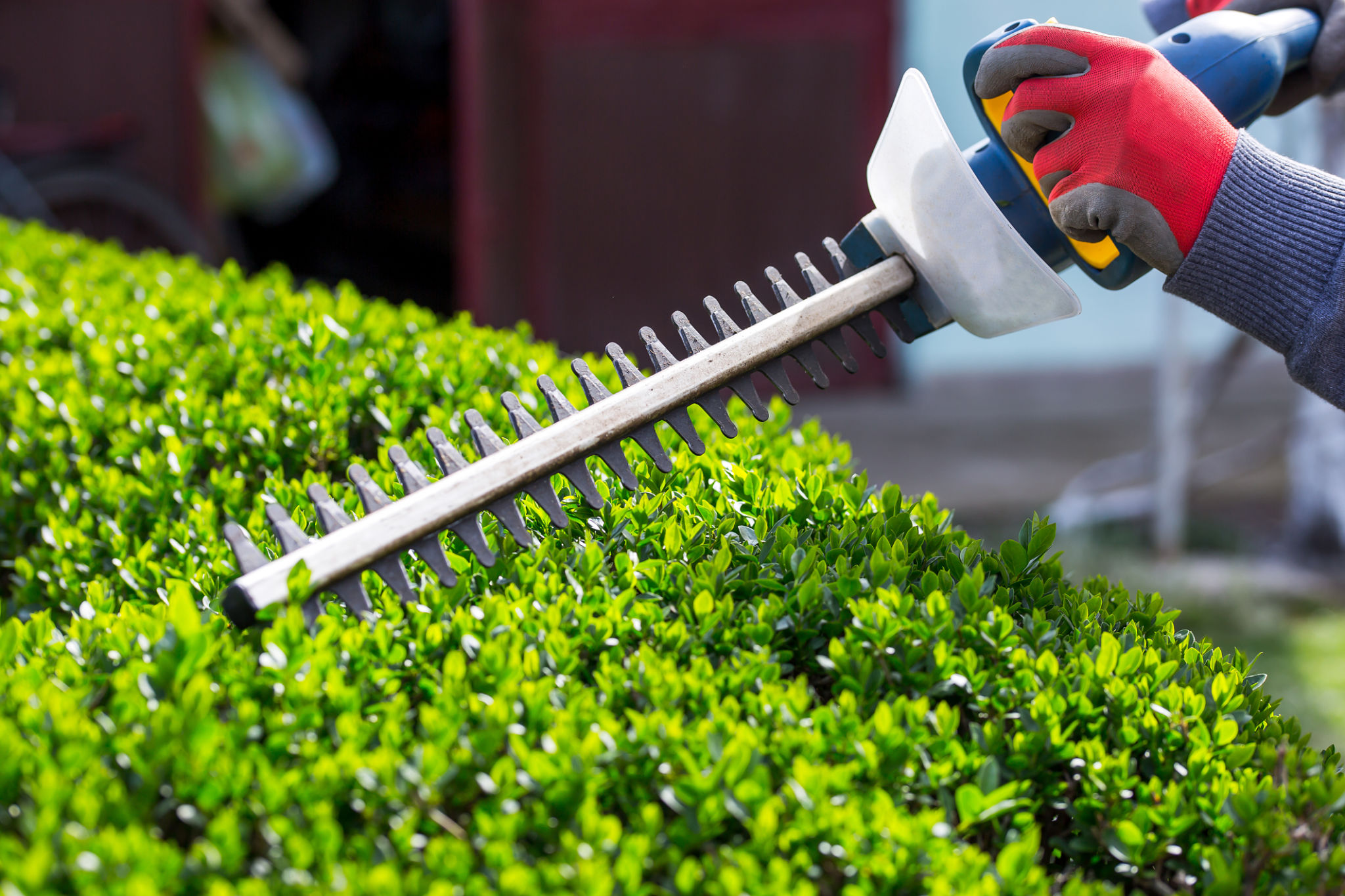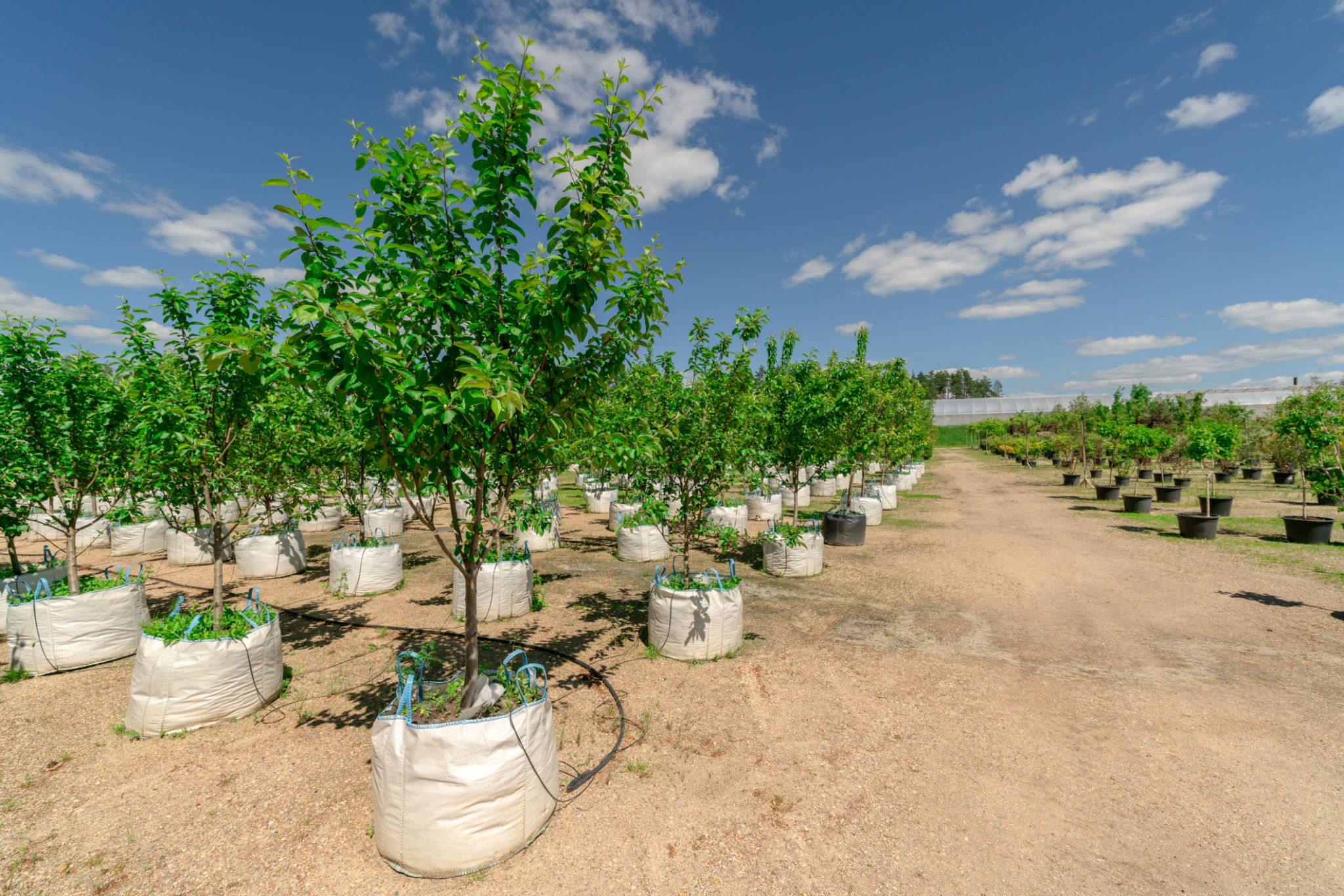The Ultimate Guide to Pruning and Hedge Cutting in St Albans
Understanding the Importance of Pruning and Hedge Cutting
Pruning and hedge cutting are essential tasks for maintaining healthy and aesthetically pleasing gardens. In St Albans, where gardens are a cherished part of the landscape, knowing when and how to prune can make a significant difference in the health and appearance of your plants. Pruning helps to remove dead or diseased branches, encourages new growth, and maintains the desired shape.
Regular hedge cutting not only keeps your garden looking tidy but also promotes denser foliage, which is crucial for privacy hedges. It's important to recognize the unique climate and plant species that thrive in St Albans to ensure your pruning methods are effective.

Best Times for Pruning in St Albans
The timing of pruning is crucial to avoid damaging your plants. In general, late winter to early spring is an ideal time for most pruning activities in St Albans. This period allows plants to heal quickly with the onset of spring growth. However, some flowering shrubs are best pruned immediately after blooming to avoid cutting off next year's buds.
For hedges, the initial cut of the year typically takes place in late spring, with subsequent trims throughout the growing season. It's important to avoid pruning during frosty conditions or extremely hot weather, as this can stress plants and impede recovery.

Tools and Techniques for Effective Pruning
Having the right tools is essential for effective pruning and hedge cutting. A good pair of bypass pruners is indispensable for small branches, while loppers are better suited for thicker limbs. For hedges, electric or manual hedge trimmers can achieve a clean cut quickly. Always ensure your tools are sharp and clean to make precise cuts and prevent disease spread.
When pruning, make cuts at a 45-degree angle just above a bud facing outward. This encourages outward growth and prevents water from settling on the cut surface, which could lead to rot. Regularly sanitize your tools between plants to maintain plant health.

Common Mistakes to Avoid
One of the most common mistakes in pruning is cutting too much too soon. Over-pruning can stress plants and reduce their ability to photosynthesize effectively. Always remove no more than one-third of a plant's foliage at a time. Another mistake is improper timing, which can disrupt blooming cycles or expose plants to harsh weather conditions.
Avoid topping hedges or trees, as this can lead to weak growth and an unsightly appearance. Instead, trim to maintain natural shapes and encourage strong structural growth.
Local Resources and Professional Services
For those who prefer expert assistance, St Albans offers numerous professional gardening services specializing in pruning and hedge cutting. These experts are familiar with local plants and seasonal conditions, ensuring that your garden receives the best care possible.
If you prefer a DIY approach, local garden centers often host workshops and provide advice on best practices for pruning and hedge maintenance. Joining a gardening club can also be a great way to share tips and experiences with fellow enthusiasts.

Conclusion: Maintaining Your Garden's Health
Whether you're a seasoned gardener or a novice, understanding the principles of pruning and hedge cutting can significantly enhance your garden's health and beauty. By using the right tools, timing your cuts appropriately, and avoiding common mistakes, you can ensure that your garden in St Albans thrives year-round.
Remember that regular maintenance is key. With proper care, your plants will not only look better but will also be healthier and more resilient against pests and diseases. Happy gardening!
